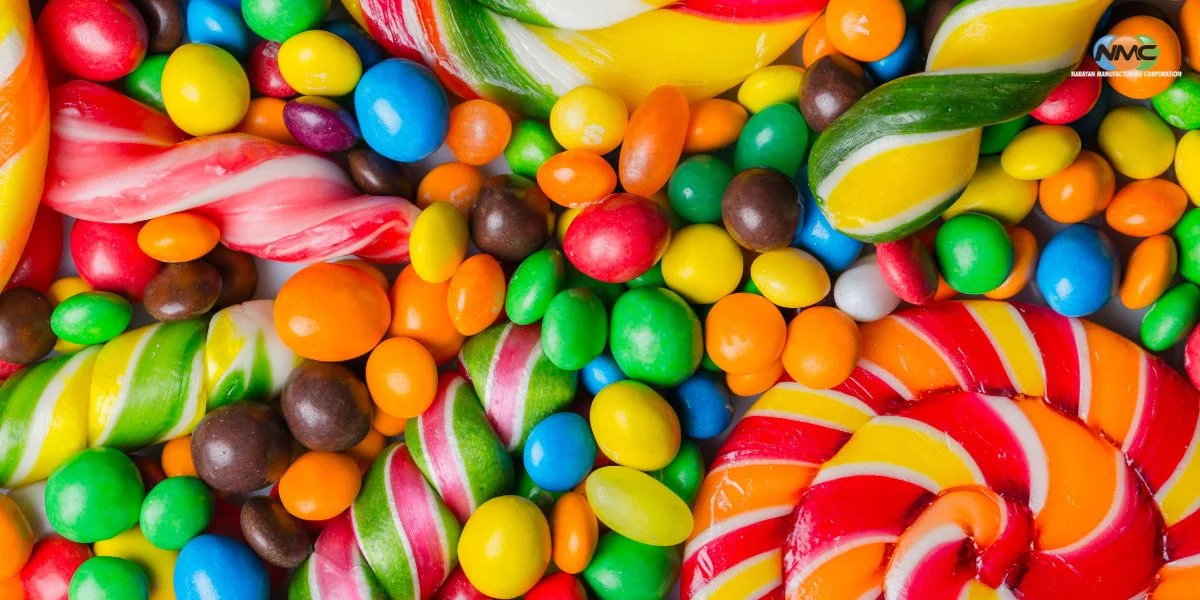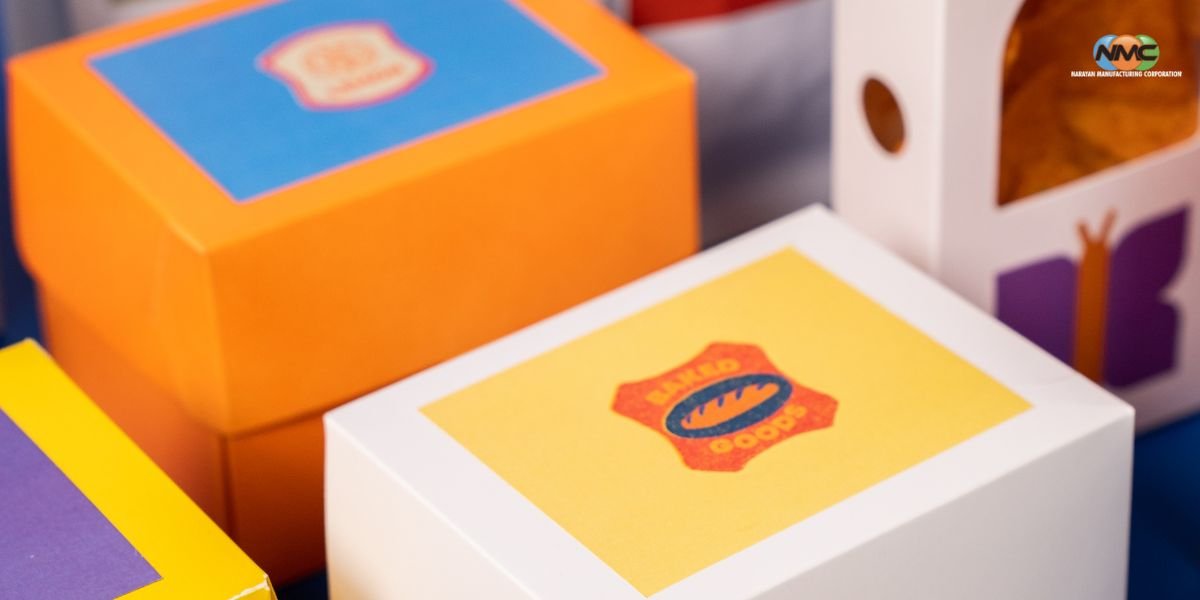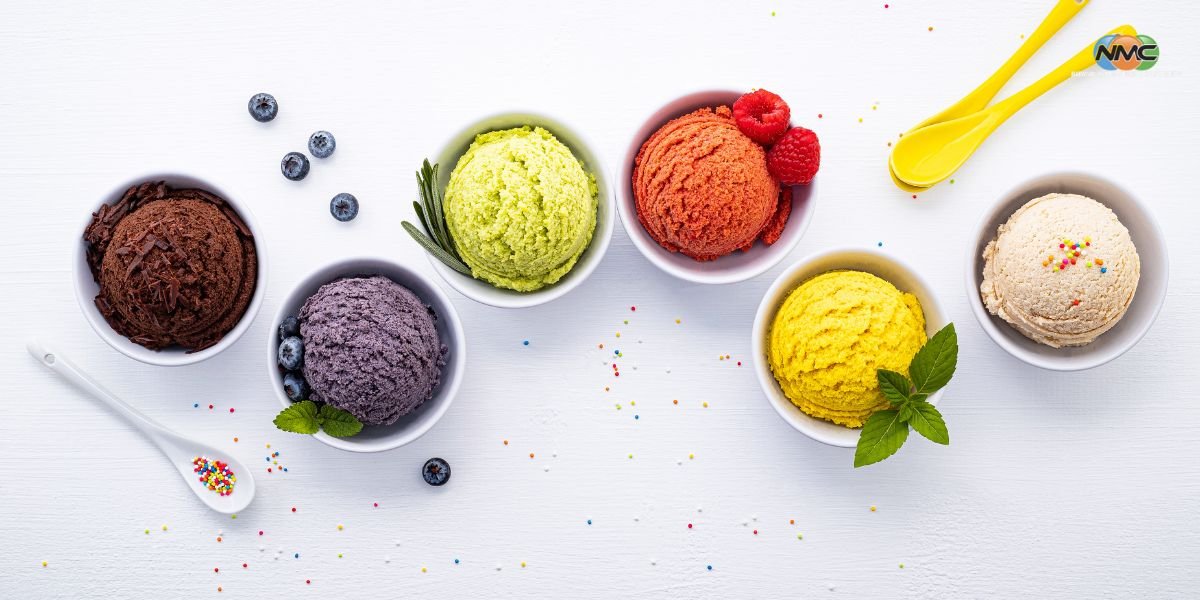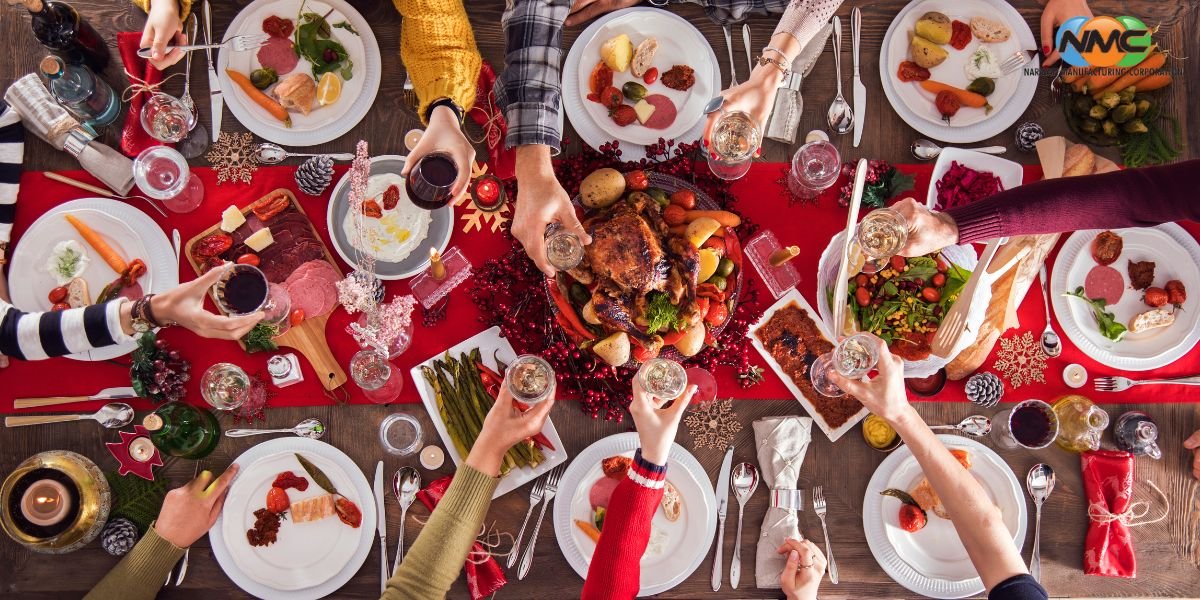Food coloring plays a pivotal role in the culinary world, enhancing the visual appeal and marketability of various food products. The use of both synthetic and natural food colors has become an essential practice in the food industry, ensuring that products not only taste good but also look enticing. Let’s explore the top applications of food coloring in different food products.
1. Beverages
Food coloring is widely used in beverages to make them visually appealing. From sodas and energy drinks to fruit juices and flavored waters, the right color can make a drink more attractive and suggest its flavor profile. For instance, bright red hues are often used for cherry or strawberry-flavored drinks, while green and blue shades are common for lime and blueberry flavors.
2. Baked Goods
Baked goods such as cakes, cookies, and pastries benefit significantly from food coloring. In the world of cakes, vibrant colors are used in icings, fondants, and even the batter to create visually stunning designs and themes. Seasonal treats like Christmas cookies or Halloween cupcakes often feature specific colors to align with the occasion, making them more festive and appealing.
3. Confectionery
Candies and sweets are perhaps the most visually diverse food products, with a rainbow of colors used to attract both children and adults. Gummy bears, lollipops, and jellybeans are classic examples where food coloring is essential. Additionally, chocolate products, including colored chocolate coatings and decorative elements, rely on food coloring to stand out on the shelves.
4. Dairy Products
Dairy products, including ice creams, yogurts, and cheeses, often incorporate food coloring to enhance their appearance. For example, strawberry and pistachio ice creams are usually tinted pink and green, respectively, to indicate their flavors. Yogurt brands frequently use color to differentiate between different fruit flavors, making it easier for consumers to identify their favorite varieties.
5. Snack Foods
Snack foods such as chips, popcorn, and extruded snacks often use food coloring to create a more exciting and appetizing product. Cheese-flavored snacks are typically given an orange hue, while spicy snacks may have a reddish tint to suggest heat. Popcorn can also be colored to match festive themes or events, such as red and green for Christmas or pink and blue for gender reveal parties.
6. Processed Meats
Processed meats, such as sausages, hot dogs, and deli meats, sometimes use food coloring to enhance their natural appearance or to create a more appealing product. For instance, hot dogs may be colored to achieve a uniform and appetizing red or pink shade, while certain types of sausages might use coloring to differentiate between varieties.
7. Cereals
Breakfast cereals, especially those targeted at children, often incorporate a variety of food colors to make them more appealing. Brightly colored cereals not only attract the eye but also create a fun and enjoyable eating experience. Limited edition or seasonal cereals frequently use specific color schemes to match holidays or popular culture themes.
8. Sauces and Condiments
Sauces and condiments such as ketchup, mustard, and salad dressings may use food coloring to enhance their visual appeal. For example, mustard may be given a brighter yellow hue, while salad dressings can be tinted to make them more visually attractive. Specialty sauces like barbecue sauce may also use food coloring to achieve a consistent and appetizing appearance.
Conclusion
The use of food coloring in various food products is a testament to its importance in the food industry. Whether it’s making beverages more inviting, adding excitement to baked goods, or differentiating between flavors in yogurts, food coloring plays a crucial role in enhancing the overall eating experience. By understanding the top applications of food coloring, we can better appreciate the artistry and science behind the foods we consume every day.
















